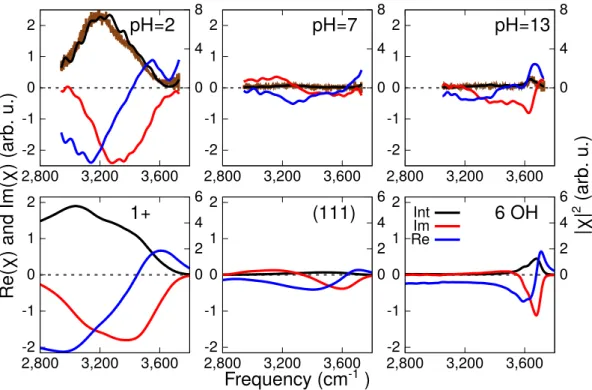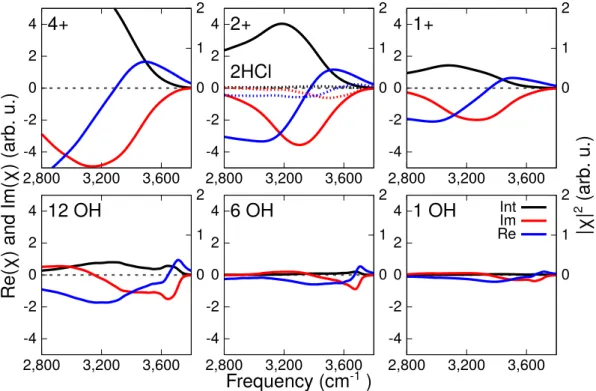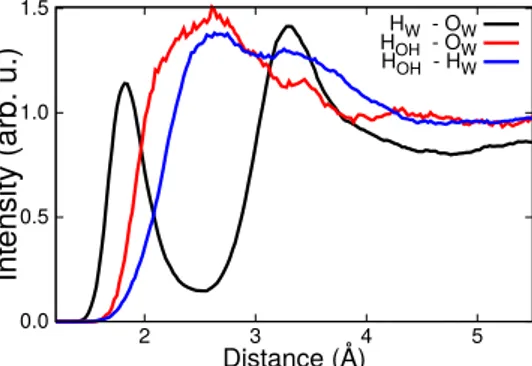Water orientation and hydrogen-bond structure at the fluorite/water interface
Texte intégral
Figure




Documents relatifs
We now turn to the study of the reorientational and translational dynamics for the water molecules within the first layer at the graphene interface. The reorientation time ⌧ 2 OH is
L’archive ouverte pluridisciplinaire HAL, est destinée au dépôt et à la diffusion de documents scientifiques de niveau recherche, publiés ou non, émanant des
The question, which value has to be chosen for V can not be answered uniquely and will depend on the experiment, wfl?ih one uses for comparison. Due to this ambiguity, in
The intensity of the 425 nm emission band observed in reference water samples could not be merely attributed to impurities alone coming either from the container/content interaction
We show that, at small laser power, the particle is trapped in on axis con fi guration, similarly to 2 dimensional trapping of a transparent sphere by optical
The main aims of the study were i to investigate the structure of water layer near silica surfaces of different affinity for the molecules and the spatial extent of
(I.e. compressed such that the projection of the core on the water is as small as possible) and the alkyl chains are close packed, or in which the molecule is essentially linear
In figure 4 we present a summary of the temperature dependence of the real surface tension, the relative damping coefficient, and the area per molecule for both a